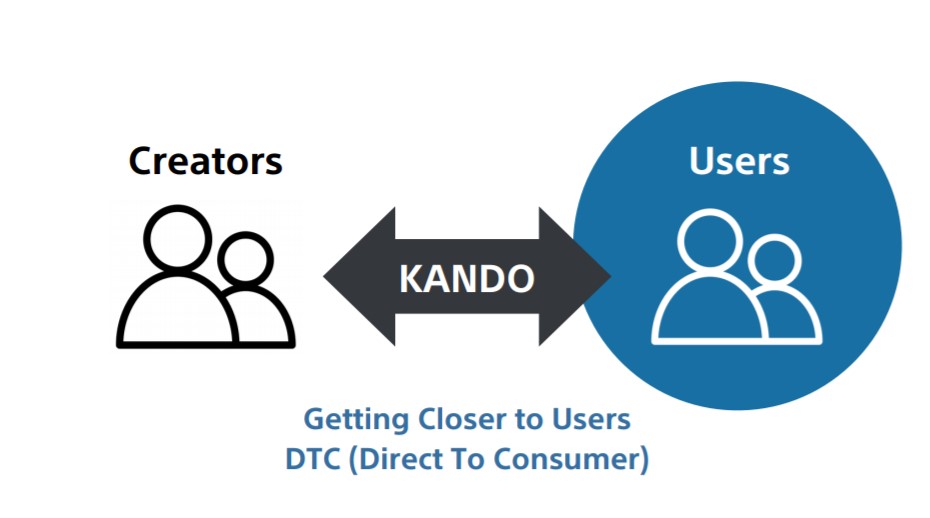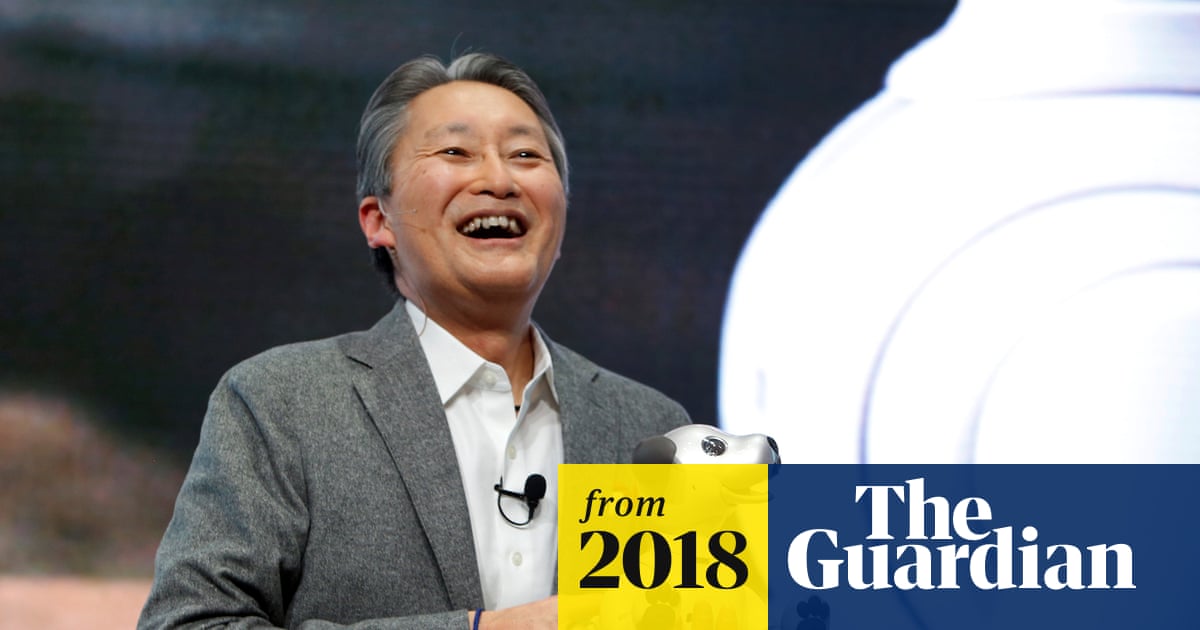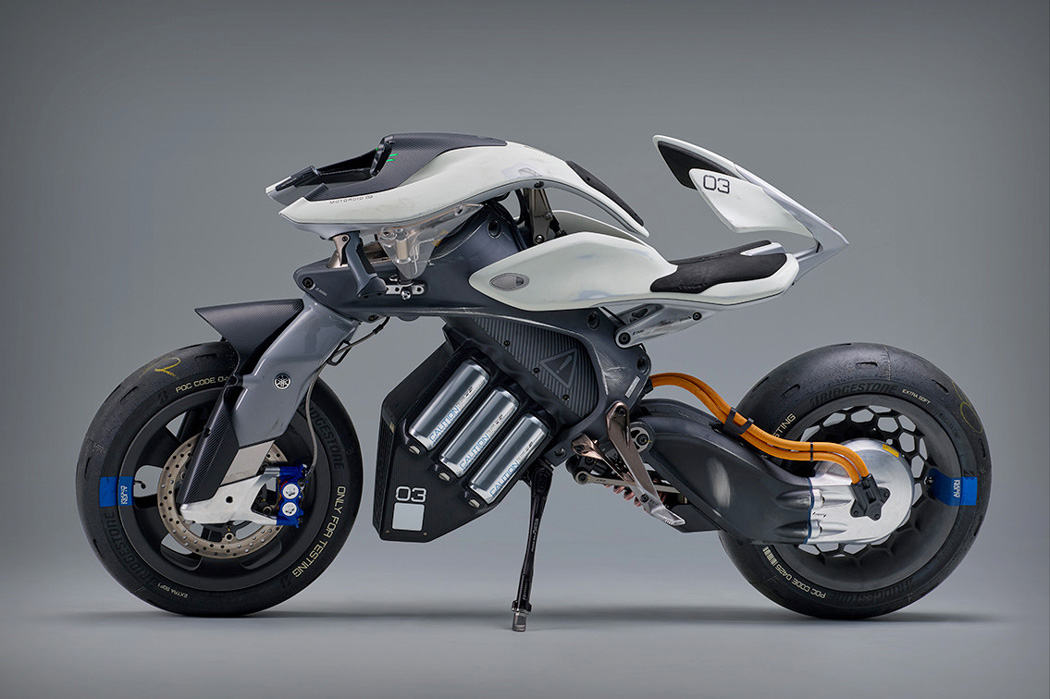อ่านบทความเรื่อง Sony ใน Nikkei Asia ได้เล่าย้อนประวัติของ Sony มาตั้งแต่ยุคของซีอีโอ Nobuyuki Idei (1995-2005) มาจนถึงปัจจุบัน เลยได้เรียนรู้เรื่องประวัติของ Sony หลายอย่าง
ซีอีโอ 4 คนหลังสุดของ Sony
- 1998-2005 Nobuyuki Idei
- 2005-2012 Howard Stringer
- 2012-2018 Kaz Hirai
- 2019-present Kenichiro Yoshida
นับตั้งแต่ยุคปี 2000 เป็นต้นมา ปัญหาของ Sony บริษัทที่ก่อตั้งในปี 1946 ตั้งแต่ยุคสงครามโลก และกลายเป็นสัญลักษณ์ของ “เครื่องใช้ไฟฟ้า” คือไม่สามารถปรับตัวเข้ากับยุคอินเทอร์เน็ตได้ เพราะเครื่องใช้ไฟฟ้าของ Sony ถูกออกแบบมาให้ทำงานแบบ standalone แต่ในอีกด้าน ธุรกิจฮาร์ดแวร์ก็ถูก disrupted จากบริษัทเกาหลี ไต้หวัน และจีน ด้วยราคาที่ถูกกว่า
ซีอีโอรุ่นหลังๆ ของ Sony ในแต่ละยุคสมัยพยายามแก้ปัญหานี้ เช่น Idei พยายามดันธุรกิจ “ซอฟต์แวร์” อย่างหนังและเพลงที่เคยเป็นธุรกิจข้างเคียง ขึ้นมาเป็นธุรกิจจริงจังภายใต้โครงสร้างใหม่ที่แยกยูนิตของบริษัทลูกกัน (Sony แม่เป็นแค่ holding)
Howard Stringer ซีอีโอต่างชาติคนเดียวในประวัติศาสตร์ Sony ก็พยายามดันธุรกิจหนัง-เพลงต่อเช่นกัน ซึ่งก็สำเร็จในระดับหนึ่ง แต่ไม่มากนัก เพราะวัฒนธรรมองค์กรแบบญี่ปุ่นของ Sony ยังยึดมั่นกับความสำเร็จในอดีตซะมาก
พอมาถึงยุคของ Kaz Hirai มีความน่าสนใจตรงว่า แกเริ่มชีวิตการทำงานมาจาก Sony Music แล้วข้ามมา PlayStation ก่อนขึ้นเป็นซีอีโอ เลยมีมุมมองทั้งความเป็นคนใน (ญี่ปุ่น + ลูกหม้อ) และความเป็นคนนอก (นอกอุตสาหกรรมอิเล็กทรอนิกส์ในตอนแรก) ซึ่งทำให้เขาดูคนเก่าแก่ดูถูกอยู่ไม่น้อย
เคยเขียนเรื่อง Sony ในยุค Hirai ไว้ 3 รอบ อ่านได้ตามลิงก์
- 2016 Sony คัมแบ็ค! ธุรกิจกลับมาทำกำไร เตรียมกลับมายิ่งใหญ่อีกครั้งด้วยหุ่นยนต์และ AI
- 2017 Sony ยุคฟื้นตัว ยิ่งปรับยิ่งรุ่ง รายได้เพิ่ม-กำไรพุ่งเกือบทุกส่วนธุรกิจ
- 2019 Sony กลับมายิ่งใหญ่ กำไรปี 2018 ทะลุ 1 ล้านล้านเยน สูงเป็นประวัติการณ์
Hirai เป็นคนจุดประเด็น “kando” (感度) ซึ่งแปลว่า excitement หรือ passion ในภาษาอังกฤษ (แต่อีกอันนึงที่อ่านมาแปลว่า sensational น่าจะตรงกว่า) เพื่อให้ Sony นำ “ความน่าตื่นเต้น” (wow) กลับคืนมาสู่ลูกค้า
คลิป Hirai ไปพูดที่งาน CES 2014 และอธิบายเรื่อง Kando เขาใช้คำว่า magical connection และ emotional involvement
แนวทางของ Hirai ประสบความสำเร็จ โดย Sony ยุคใหม่ใช้ PlayStation เป็นแกนกลาง ปรับโครงสร้างธุรกิจอิเล็กทรอนิกส์ใหม่ จนกลับมาทำกำไรได้ และในยุคของ Yoshida ก็สืบทอดแนวทาง excitement ของ Hirai ต่อมาด้วย
Sony provides the high-tech cameras and mobile devices that artists see as essential tools for creating exciting content, which people then enjoy on high-quality Sony devices. The content and other assets will be developed horizontally — video, music, games and the like.
อ่านแล้วก็ประทับใจและสงสัยเรื่อง kando เลยไปตามหาบทความอื่นมาอ่านต่อ และพบบทสัมภาษณ์ของ Hirai ใน The Guardian เมื่อปี 2018 อธิบายแนวคิดไว้ชัดเจน
นิยาม kando ของ Hirai อ่านแล้วก็น่าจะใกล้เคียงกับหลักการของ Apple คือทำให้ลูกค้าตื่นเต้นกับผลิตภัณฑ์ จนกลายมาเป็นลูกค้าที่ภักดีต่อแบรนด์
Hirai is a passionate believer in the Japanese concept of Kando, which is about establishing an emotional connection across what Sony calls “the last one inch” to the consumer – the wow factor that creates enthusiasm and loyalty.
ที่น่าสนใจคือ Hirai มีย้อนอดีตประสบการณ์ในยุคพ่อและปู่ด้วย ว่า Sony ในอดีตสามารถสร้างประสบการณ์ kando (ที่ relatively wow ในบริบทของยุคสมัย)
“My father and grandfather were Sony fanatics,” he says. “When I was about five years old, my father recorded my voice on his open reel tape deck and played it back. Hearing my own voice was a technological wonder.
แต่ Sony ในยุคหลังปี 2000 สูญเสียพลัง kando ไป ในมุมมองของ Hirai
“Sony products need to have functional and emotional value,” says Hirai, who made it his mission to apply Kando across every business unit and revive faded glory. “Anybody can provide functional value in this commoditised space, but emotional value is something that has been part of the Sony design philosophy, part of the Sony DNA since the company started 71 years ago. We kind of lost it for a while, and my job has been to revive that pride in what we do in terms of providing emotional value.”
นอกจากยุทธศาสตร์ Kando แล้ว Hirai ยังพูดถึงแนวทางการบริหารแบบ hands-on คือลงไปคลุกกับงานใกล้ชิด โดยเฉพาะในยุค war time
“If there’s a challenge, organisationally or financially, I have to get in there and do it myself,” Hirai says. “When businesses are running well, we have fine executives who can run them day to day. But when the fires are up, somebody’s got to get in there and do the hard work, stop the fires and turn the business around.”
หรืออย่างในกรณีของ Sony Pictures ก็เดินไปลุยเอง
From February to August last year, when Hirai was looking for a new head for Sony Pictures Entertainment following the departure of Michael Lynton to Snapchat, hespent two weeks a month at the studio in Culver City, California. “I wanted to get to know the business better,” he says. “I wanted to be able to have an intelligent dialogue with potential candidates so that I could answer their questions and say here are some things I expect you to do.”
While he was there, he took the opportunity to walk the floor, meeting rank-and-file employees to understand their issues and motivations. “Sony Pictures is a big lot, and I didn’t want to zip by in a golf cart. I wanted people to see me walking from one end of the studio to the other meeting and greeting employees.”
กลับมาที่ประเด็นเรื่อง kando นอกจาก Sony แล้วก็มีบริษัทญี่ปุ่นอื่นที่ใช้ปรัชญานี้นำทาง เช่น Yamaha ที่ประกาศเรื่องนี้ไว้ชัดอีกเช่นกัน
Kenichiro Yoshida ซีอีโอคนใหม่ พูดเรื่องนี้ไว้ละเอียดมากในสปีชปี 2018 ตอนที่รับตำแหน่ง
Sony’s mission is embodied in the word KANDO, a sense of excitement, wonder or emotion.
People feel KANDO. People also create KANDO.
แนวคิดของ Yoshida อยู่ที่สายสัมพันธ์ระหว่าง Creators และ Users ที่ต้องมี Kando ระหว่างกัน ซึ่งแต่ละธุรกิจของ Sony คือ Entertainment, Electronics, Financial Services ก็ต้องยึดโยงกับสายสัมพันธ์ Kando ด้วยวิธีที่แตกต่างกันไป

กรณีของ Electronics คือสินค้าของ Sony ต้องเป็นตัวกลาง (bridge) คอยเชื่อมระหว่าง Creators กับ Users เข้าด้วยกัน ผ่านกิจกรรมต่างๆ เช่น Capture, Record, Playback, Watch, Listen
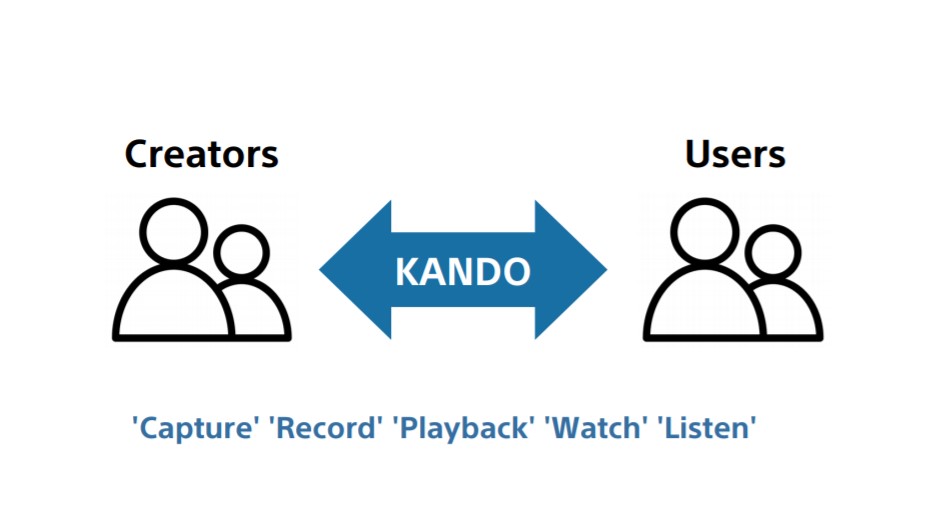
ส่วนธุรกิจ Entertainment นั้นต่างไป เพราะ Sony คือ Creators ซะเอง แนวทางของบริษัทจึงต้องเป็นการเข้าหา Creators (ผู้กำกับ ศิลปิน) ทำงานใกล้ชิดกันมากขึ้น
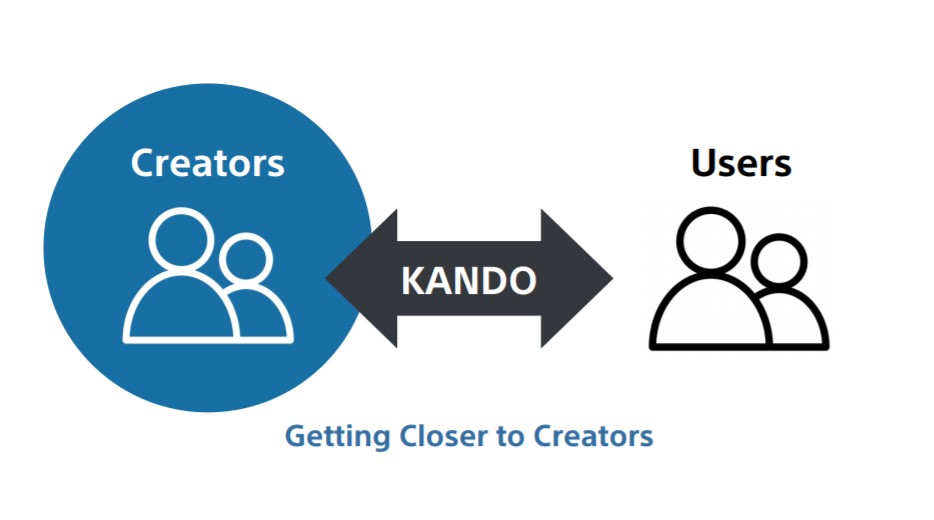
สุดท้าย ธุรกิจการเงิน Financial Services ซึ่งหลักๆ แล้วคือประกัน (ในญี่ปุ่น) จะกลับทิศกันคือ Getting Closer to Users เข้าใกล้ลูกค้าผ่านโมเดล direct to consumer (DTC) ตามแนวทางสมัยใหม่
